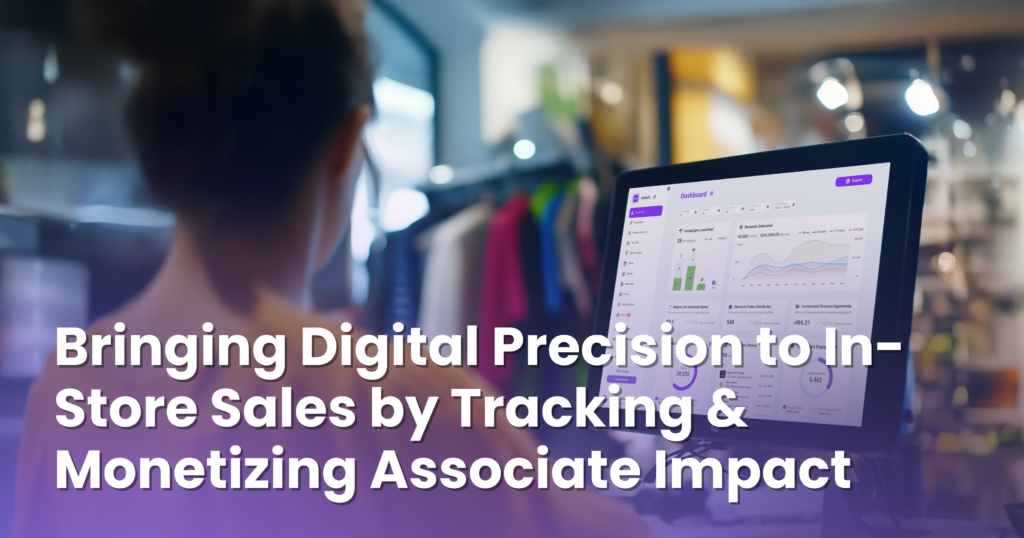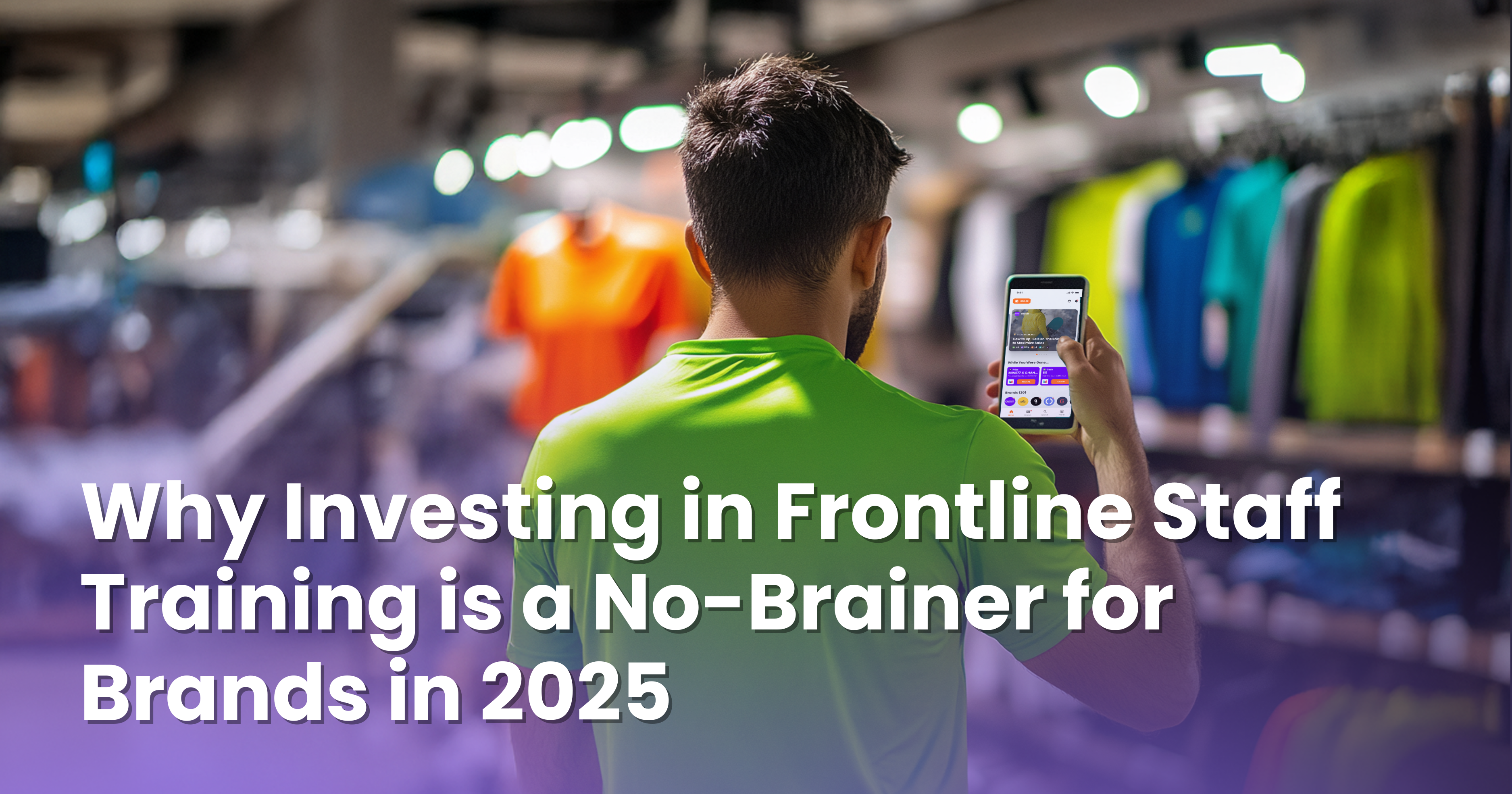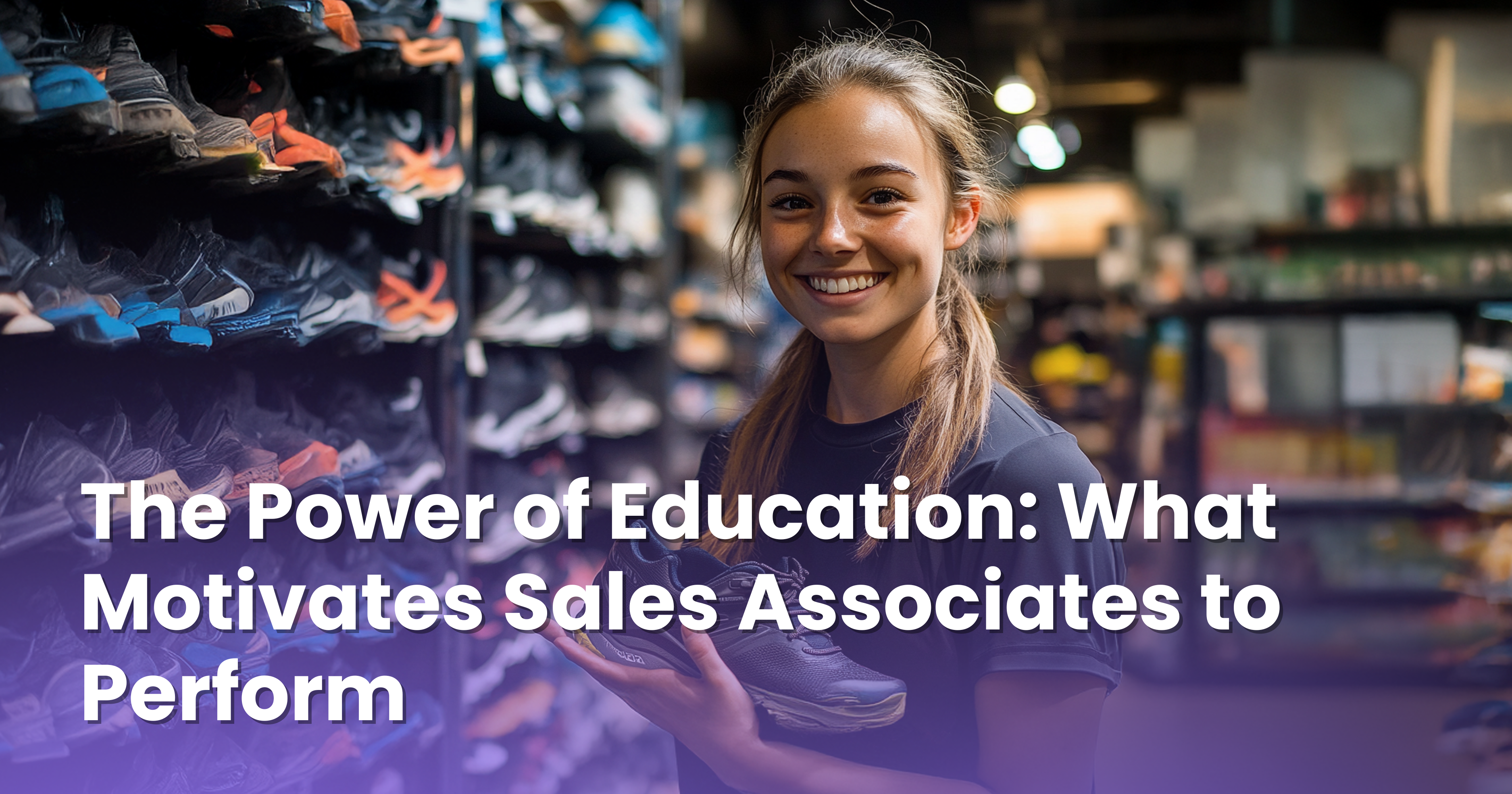
When it comes to influencer marketing, brands are always looking for the best ways to get the most out of their investment and recently, an interesting topic has sparked curiosity – micro-influencers vs. mega-athletes for driving engagement and sales. Data shows that niche content creators and high-profile Olympians deliver impact differently, and understanding these differences can help brands make smarter marketing decisions.
To get a clearer picture, we’ll take a closer look at the influencer marketing strategies used during the Paris 2024 Olympics and how they shaped engagement.

Engagement Rates – David vs. Goliath
For engagement rates, micro-influencers are proving to be the dark horses of the influencer world. Recent data shows that Instagram influencers with 1,000 to 5,000 followers boast the highest engagement rate at 4.6%, excelling in niche markets. These smaller influencers are often seen as more trustworthy and authentic compared to those with massive followings.
In contrast, mega-athletes with millions of followers often struggle to maintain high engagement rates. For instance, during the lead-up to the Paris 2024 Olympics, Simone Biles, with over 7.3 million followers, achieved an average engagement rate of 4.35%. While impressive, lesser-known athletes like Jade Carey and Hezly Rivera, who have 345,958 and 106,611 followers, saw staggering engagement rates of 13.72% and 23.06%.
This disparity becomes even more pronounced when we look at emerging athletes. Swimmers Thomas Heilman and Chris Giuliano, despite posting only three times during the Olympics, achieved engagement rates of 40% and 75%, with Heilman’s top two Instagram posts reaching 34% and 20%.
This highlights an important point – smaller, more dedicated followings often translate to higher engagement rates. For brands, this means that partnering with micro-influencers in specific niches can potentially yield a better ROI in terms of audience interaction and brand awareness.
In-store sales associates function much like micro-influencers within their retail environments, but with one major advantage – high-quality engagement that leads directly to purchase decisions. Unlike digital influencers, who primarily focus on brand awareness and storytelling, associates engage hundreds of customers daily, offering personalized recommendations based on firsthand product knowledge. This real-time, face-to-face interaction builds trust and creates a more authentic, conversion-driven shopping experience.
Beyond product expertise, associates who wear and use the brands they sell become even more powerful ambassadors, embodying the lifestyle and values that resonate with customers. By equipping them with the right training and incentives, brands can turn store associates into a highly effective, real-world extension of their influencer strategy, ensuring stronger engagement, better product education, and ultimately, more sales.

Tracking ROI: From Engagement to In-Store Sales
While engagement rates provide valuable insights, the ultimate measure of ROI lies in sales conversion – and this is where in-store sales associates have a unique advantage. Unlike traditional digital influencers, retail employees interact with customers in real time, offering personalized recommendations, answering product questions, and directly influencing purchasing decisions. They aren’t just salespeople; they’re brand ambassadors who act as micro-influencers on the store floor.
This ability to build trust and guide purchases in a way that feels authentic and personal is why brands must prioritize empowering and incentivizing sales associates. With the right tools, brands can turn these frontline employees into an extension of their influencer marketing strategy, driving both customer engagement and measurable sales growth.
One of the biggest challenges brands face when investing in in-store sales is tracking customer data and measuring ROI. While e-commerce platforms have made it easier to track online conversions through affiliate links and influencer codes, brick-and-mortar purchases have remained largely untrackable – until now.
With ENDVR’s new Consumer Cash Back feature, brands can now connect online discovery with in-store sales like never before. Here’s how it works:
- Brands promote a cash-back offer across digital channels—social media, email, and paid ads.
- Consumers purchase a participating brand’s product in-store.
- After shopping in-store, they text a photo of the receipt and enter their name/email.
- ENDVR’s fraud protection verifies the purchase.
- Consumers receive cash back via Venmo or Interac E-Transfer within 48 hours.
Not only does this incentivize in-store purchases, but it also gives brands access to valuable first-party data, including customer emails, phone numbers, and purchasing behaviors. More importantly, it helps brands measure the direct impact of their in-store micro-influencers—their sales associates.
While mega-athletes and digital influencers will always have a role in marketing, the power of in-store influence can’t be ignored. Sales associates are real-time influencers, creating trustworthy and personalized shopping experiences that directly drive purchases.
With tools like ENDVR’s Consumer Cash Back, brands can track, optimize, and scale in-store influence just like they do with digital influencer campaigns. The result? Better data, stronger retail partnerships, and a smarter way to drive in-store sales.
Want your brand to be one of the first to leverage this innovative feature? Join the Waitlist Now for early access and start driving in-store sales with digital precision.
I am text block. Click edit button to change this text. Lorem ipsum dolor sit amet, consectetur adipiscing elit. Ut elit tellus, luctus nec ullamcorper mattis, pulvinar dapibus leo.




